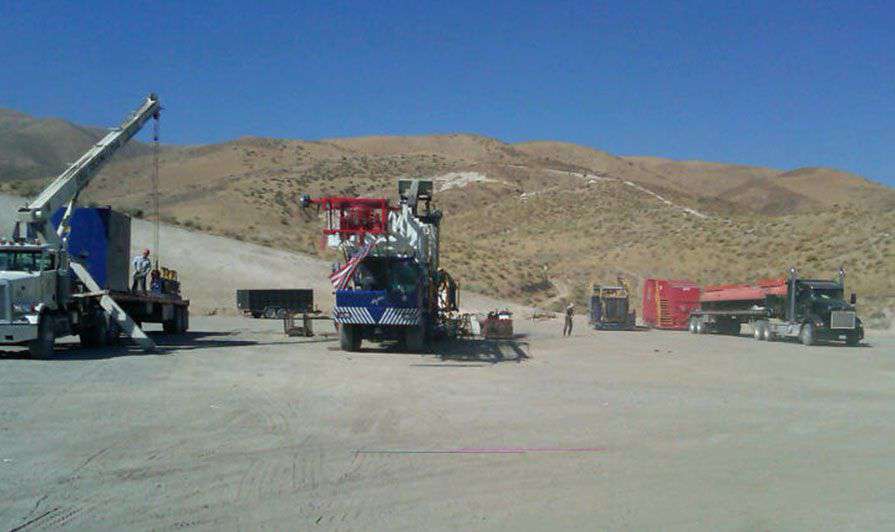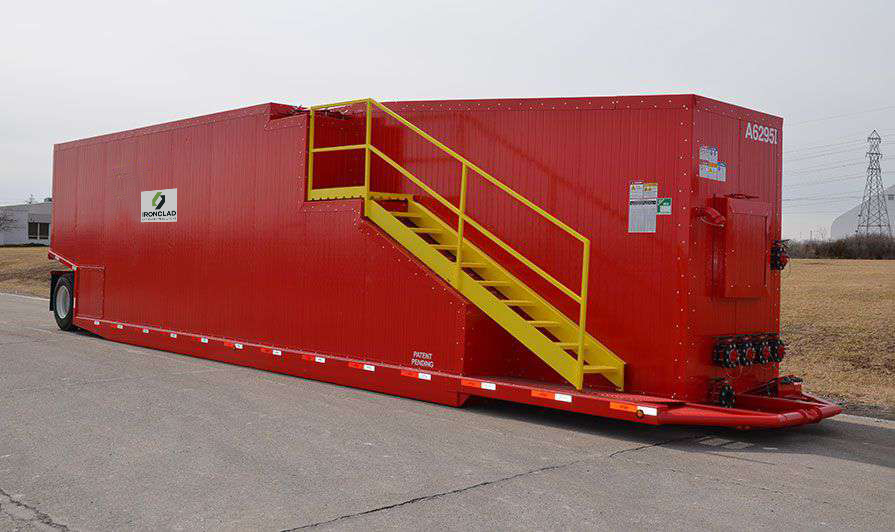What Happens During A Typical Fracking Operation?
Fracking or hydraulic fracturing has been in use for over 60 years and has been developed and refined over the years to help streamline the extraction and reduce the impact on the environment.
Hydraulic fracturing is a process used to extract oil or gas by using high-pressure liquid to open fissures in rock formations where the oil or gas is stored. The process is quite straightforward, in theory.
However, the extraction of oil and gas from underground deposits is a complex operation that can take months to set up and involves various crucial steps. Here’s a look at a breakdown of steps involved in the fracking process.
Hydraulic Fracking Process
1. Preparing the Site – Years before the process begins, the fracking site has to be identified, and then initial groundwork needs to be laid out to ensure that the process goes smoothly. This includes legal clearances, clearing access for all the required machinery to be brought in, leveling the site, laying out the well pad, and acquiring freshwater. Freshwater is typically transported and stored on site using tanks such as 21,000-gallon closed-top frac tanks.

2. Planning to Drill – The next step in the fracking process after the prep work is to plan how the drilling is going to be executed. The kick-off point is established, plans for the depth and length of the well are finalized, and once everything is set, the drilling begins.
3. Casing and Cementing – Once the well is drilled, it needs to be protected, and steps need to be taken to ensure that it doesn’t move or get compromised. This is why a steel casing tube is introduced along the length of the well and then cemented into place.
4. Well Completion and Hydraulic Fracturing – The next step is to clear out the well pad and complete the preparation of the well, including the creation of perforations using a perforating gun, and beginning the actual hydraulic fracturing process. The fracking mixture – made up of water, sand and certain chemicals – is pumped into the well using specialized machinery. The water is drawn from frac tanks, transferred to mixers to add the sand and chemicals, and is then pumped.
These pumps are typically diesel-powered, and the fuel required to run them is also often stored in frac tanks. Specialized tanks such as insulated frac tanks and steam coil frac tanks are used in harsh climates where the temperature of the fracking liquid or fresh water need to be controlled.
5. Collections – Next, the flowback of the fracturing fluid is collected from the well and stored in frac tanks for transportation to treatment plants so that the water can be reused, or safely disposed of while adhering to regulations. The gas and/or oil is also extracted and collected at this stage. The produce is stored in specialized containers and then transferred into separators for further processing.

6. Flaring and Well Heads – The next step in the process is flaring, and then the sealing of the wells using wellheads to ensure the pressure in the well is controlled. If the well isn’t going to be reused, it is sealed using cement.
7. Cleanup and Waste Disposal – The last step of the fracking process is clean up and disposal. This includes getting rid of the flowback, disposing of brine, collection and clearance of sludges, semi-solids, filter cake, and removal of drill cuttings.
Each step above involves multiple teams, a myriad of equipment, and has numerous processes that come together to accomplish fracking successfully.
Fracking is a deeply complex procedure that requires both specialized equipment, experts who know the job and partners who help execute the process smoothly and efficiently.
Ironclad Environmental Solutions is a liquid storage and containment partner with a reputation for quick turnarounds and emergency response. With a team of industry experts, we offer a wide range of multipurpose frac tanks for rent that deliver secure liquid containment for fracking operations.
View our range of rental frac tanks that come in different sizes, for various purposes. We also have a range of other liquid storage, dewatering, and spill containment solutions that support various applications in Oil & Gas. Get in touch with us or request a quote for your next operation.